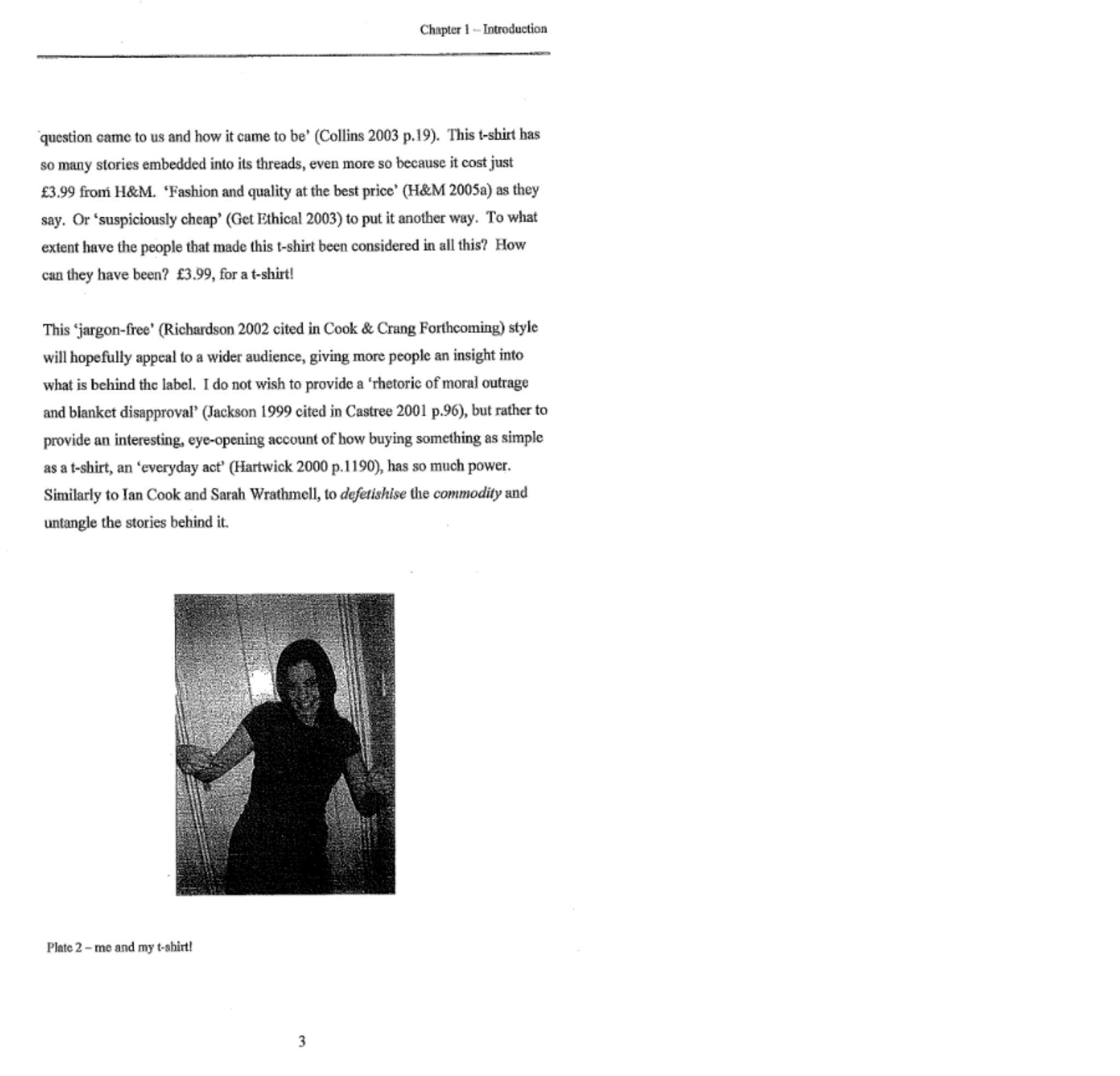
followthethings.com
Fashion
“Planet Money Makes A T-Shirt“
A podcast series, webdoc & YouTube playlist in NPR’s ‘Planet Money’ series produced by Alex Blumberg.
YouTube playlist embedded above. Listen to the Podcast series here. Visit the webdoc here. Visit the NPR store here.
The USA National Public Radio’s ‘Planet Money’ plans a series of programmes on the international cotton industry, from seed to t-shirt. But they’re not interested in investigating who makes K-Mart or Walmart or H&M t-shirts. Instead, they launch a kickstarter campaign. If enough people pledge $25, their reporters will travel the world to find out who makes a T-shirt that they commission. This means that they can talk directly to farmers, factory owners, workers, shippers and others involed in bringing that shirt to the market. If they find stories of environmental or labour exploitation, it’s their own brand that will be damaged. 25,000 are made. Each features a squirrel hoisting a martini glass (a jokey reference to what economist John Maynard Keynes referred to as capitalism’s ‘animal spirits’). Each pledger was sent a t-shirt as a reward for their investment. Other people could buy one from NPR’s online store.
Page reference: Emelia Price, Steph Small, Sophie Blakstand, Maisie Jenyon, Catt Suttie, Hannah Cookson, Laura Johnston & Abigail Spink (2025) Planet Money Makes A T-Shirt (taster). followthethings.com/planet-money-makes-a-t-shirt.shtml (last accessed <insert date here>)
Estimated reading time: 8 minutes.
Continue reading Planet Money Makes A T-Shirt



